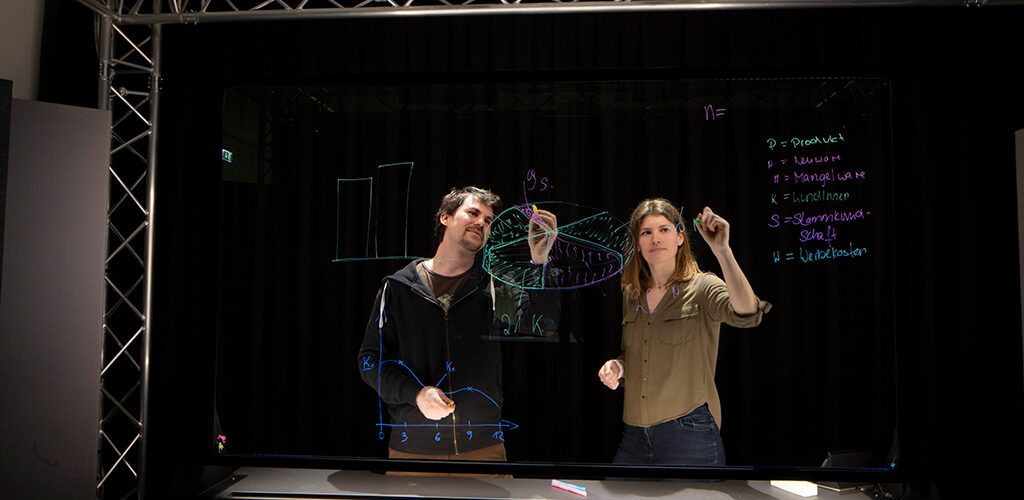by Oliver Vettori, WU Vienna, Austria.
When talking about quality in higher education, basically everyone agrees on the crucial role of teachers and teaching methods – the actual learning environment is still hardly considered, or at least reduced to one or two odd items on the teaching evaluation questionnaire. The picture looks a bit different from a marketing perspective, as university campuses and teaching and learning facilities feature quite prominently in the institutions’ promotion materials, and appear to be a key factor in students’ study decisions. Even though some scholars have been pointing for decades to the importance of how teaching and learning spaces are designed, it was not until the COVID-19 pandemic that decision makers and teachers were starting to recognise this on a larger scale – mostly because everyone realised that teaching and learning from one’s own living room was possible, even though with severe shortcomings.
The emergency remote teaching schemes enforced by the pandemic also put another question on the mainstream agenda, though, i.e. how to integrate physical and digital learning environments more effectively. Hybrid teaching seems to be quickly becoming a staple of the current global higher education discourse. However COVID-19 reinforced implications of the digital turn in higher education for teaching and learning spaces that go way beyond the question of how to teach students inside and outside of the classroom simultaneously. Students’ preferences, learning styles and habits have changed considerably, leading to (sometimes conflicting) requirements of enabling physical meetings but not strictly demanding them anymore. National governments are reconsidering their spending on physical infrastructure as they question the necessity in the light of the past three years. Higher education institutions need to position themselves in a changing “market” and have to (re)align their digital efforts with their physical infrastructure, conceptually as well as practically.
This leads to a clear need, but also to a considerable opportunity to rethink the notion of “space” in higher education at the present time: how can rooms be designed and equipped for flexible and multimodal teaching? How can physical and digital learning environments be integrated in order to support seamless learning? And, last but not least, what possibilities are opened by the still rather unexplored notion of virtual space, which is less confined by parameters such as distances, walls and fire regulations?
Such questions were also at the heart of the “2022 Seamless Learning Conference” at WU Vienna (Vienna University of Economics and Business). The event brought together more than 60 experts and decision makers from all over Europe, encouraging an interdisciplinary, international and inter-role discourse between decision makers, teachers, students, teaching and learning and IT experts as well as architects. The event also presented the results of the ERASMUS+ project “Learning and Teaching Spaces in Higher Education” with findings from seven European countries and showcased WU’s new “ Future Learning Experience Center”, which, among others, focuses on building an actual virtual campus in order to support international classrooms more effectively.

Discussing notions of seamless learning for two days provided plenty of ideas to pursue, but also led to some key acknowledgements, including the fact that blending physical and digital teaching also requires us to think about the conditions of teaching and learning spaces in our homes and offices; there is an element of the physical attached to every virtual space. Last but not least, didactics plays a key role as well: No matter what type of infrastructure is provided, making effective use of it is something that needs to be learned and supported; even though an intuitive design may make this far easier.
LTSHE Learning and Teaching Spaces in Higher Education

Author
Oliver Vettori, WU Vienna, Austria













